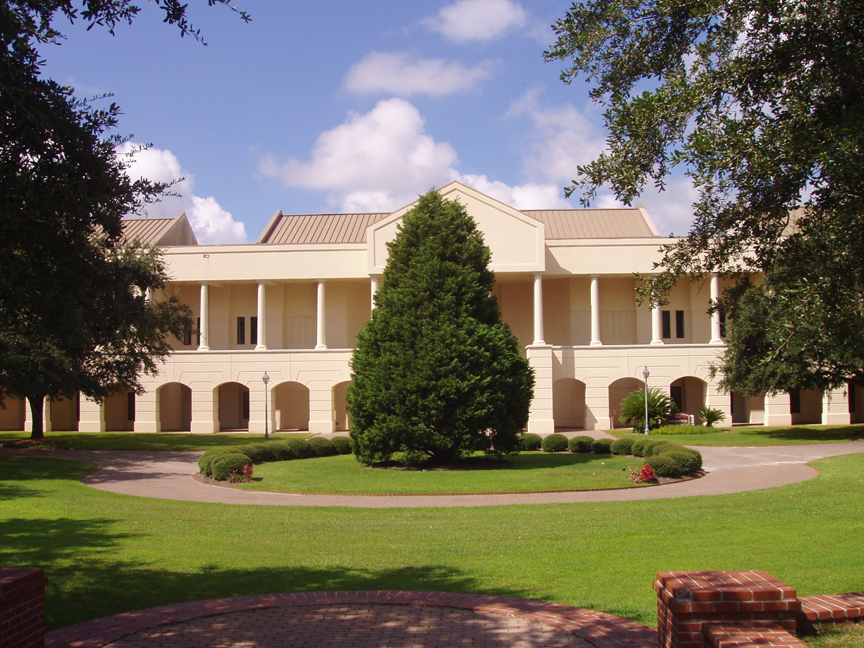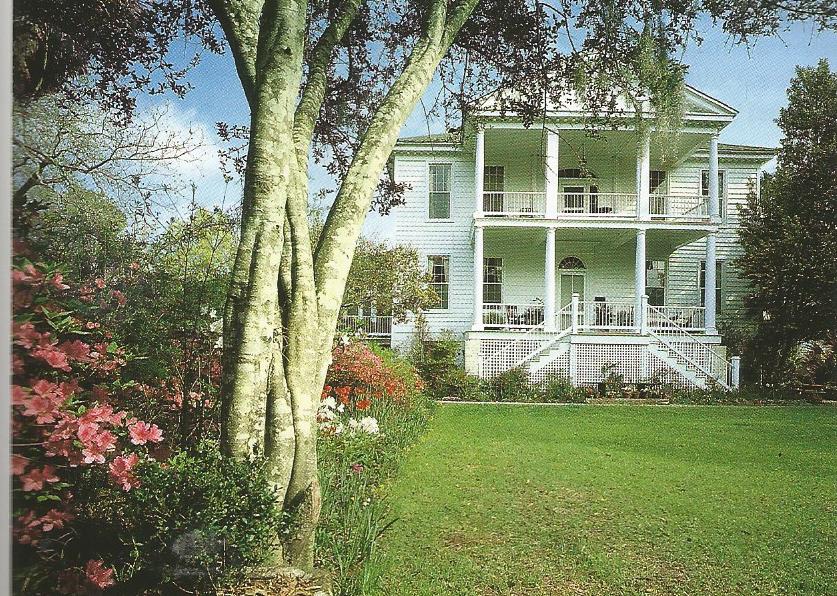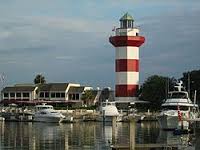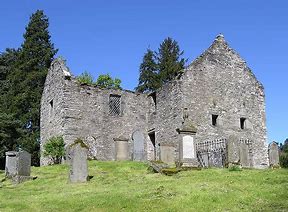Beaufort County South Carolina Wills, Land Grants, Cemeteries
Beaufort County was formed in 1769 from the parishes of Prince William, St. Luke, St. Peter, and St. Helena. The county and county seat were named for Sir Henry Somerset, Duke of Beaufort (1684-1714), one of the Lord’s Proprietors of Carolina. French explorers first visited this area along with the English, arriving in 1562 to establish a fort. Later, in 1566, the Spanish established a temporary fort on this site. Beaufort was founded in 1710 and is the second oldest town in South Carolina. It was visited by pirates, including Blackbeard, who is thought to have hidden some of his treasure nearby. Large rice and sea island cotton plantations later enhanced its economy. During the War Between the States, Federal troops occupied Beaufort in December 1861.
Among the earliest settlers were Alexander Garden (ca. 1730-1791), Stephen Elliott (1771-1830), and Robert Smalls (1839-1915).
- Deloach, Jesse, 1785 Land Grant
- Deloach, Jesse, 1785 plat
- Goette, Henry, distribution of slaves. Bond of David Horton (1 Feb 1841)
- Lawton, Sarah LWT 1832
- Lawton, Joseph LWT
- Nielson, Nicholas of Hilton Head Island, LWT
Cemeteries
Hilton Head Cemetery
Then there is the Case of the Beaufort County Records
According to one of our researchers, the oldest courthouse records for Beaufort County, South Carolina, are housed on the second floor and kept by Miss Grace”, But on the day of the visit, Miss Grace” was not there, and the two young girls knew absolutely nothing. We need to expect delays.


Henry Farmer House in Beaufort
During the 1790s the long-staple sea-island cotton and cotton gin became a popular and lucrative crop in the State of South Carolina. Ultimately, it was widely planted in coastal regions. Henry Farmer was one of the planters who knew prosperity from growing cotton. He built his home on 412 East Street in Beaufort, South Carolina. Some of the materials used were wooden pegs and imported copper nails.
Second European Landing on the American Continent
Although the Spanish landed twice on the island of St. Helena off the Carolina coast, they did not settle there. All that they did was take some peaceful Indians to use as slaves. When Jean Ribault landed on Parris Island with his French Huguenots in 1562, a French gentleman said of them ” they had the means to achieve some notable thing worthy of eternal memory. On May 27th, 1562, Ribault anchored in ten fathoms of water off what is known today as Parris Island, just a few miles from Port Royal. Ribault and his men landed, and while they walked through the forest, flocks of wild turkey flew above their heads, and around they beheld partridges and stags. Upon returning to the ships, they cast their nets in the bay and caught fishes in numbers so excellent that two draughts of the net supplied enough for a day’s food for the crews of both ships. Ribault built a fort he named Charlesfort before returning to France to report his discovery, leaving behind a garrison of twenty-six men. Another French ship landed at Port Royal three years later, but the Spanish had already destroyed the fort. The Spanish built a fort for themselves, which the Indians destroyed, and another fort in 1677. The latter fort was constructed of cedar posts and tabby because two years later, two American officers found the outlines of an old fort of tabby and cedar, which they believed to be Ribault’s fort. In 1732, the English built their fort. An old house still stands in Beaufort; it is more than two hundred years old and appears to have been made over the fort. It includes a large porch and pillar, and the lower portion is built with tabby in which there are loopholes for rifles and beneath them a stone ledge for ammunition. Source: Beaufort County, South Carolina, by N. L. Willet.
Hilton Head Island
Hilton Head Island is named for the English sea captain William Hilton who was hired by a syndicate of Barbadian planters. He sighted the high bluffs of the island in August of 1663 while exploring the Port Royal Sound and named it Hilton Head,” which referenced the visible headlands of uncharted waters. Upon the onset of the American Revolutionary War, the colonists on Hilton Head sided with the patriots. During the war, the British frequently raided Hilton Head Island from their stronghold located on Daufuskie Island, capturing slaves and later selling them in the West Indies. The raids were constant throughout the war, even after Lord Cornwallis’s surrender. Sea Island Cotton was grown on the banks of the Beaufort River as a lucrative crop. Once again, during the War of 1812, the British invaded Hilton Head Island and burned the town and most of the beautiful sea island homes. Thus, the old county records were lost.


Scottish Settlers to Port Royal were Flogged by the Spanish
In 1683, a few Scottish families were brought to Port Royal by Lord Cardross, where they established a settlement. Those were the cruel days of Claverhouse in Scotland, and a scheme was entertained for bringing 10,000 sturdy Covenanters to Carolina. John Graham, 1st Viscount Dundee, owned Claverhouse (near Dundee). The scheme came to nothing. Cardross encountered difficulties with the people at Charleston and returned to Scotland in disgust. In 1686, in a time of peace, a Spanish force pounced upon Port Royal and murdered some of the Scottish men while flogging others within an inch of their lives. The Spanish carried off what booty they could find and left the place a smoking ruin. As a result, the men of Charleston boarded two stout ships with 400 men to sail against St. Augustine, but the newly appointed Governor Colleton arrived upon the scene and forbade their sailing. His mandate was obeyed with growls and curses; however, the lord’s proprietors upheld the governor’s mandate.
Ships Lost at Sea
Voyage of the Seaflower
First Sea Battle of the Revolutionary War
Women sent to Jamestown to Marry
General Armstrong, a Privateer American Vessel
Dutch Pirate Ship
9-foot Indians

Capt. Bartholomew Roberts, Pirate
People who do Good Things
The genealogy community is busy at work, collecting and conserving old records and tracing lineages for their posterity. They do not waste their time and energy parading around the country protesting something. Instead, tremendous energy is expended towards discovering family members who helped make America great and leave a proper heritage for their children. If the children know the battles and experiences of their ancestors, then they possess a distinctly unique awareness of themselves and the importance of doing good things. Something they will not get from public schools.